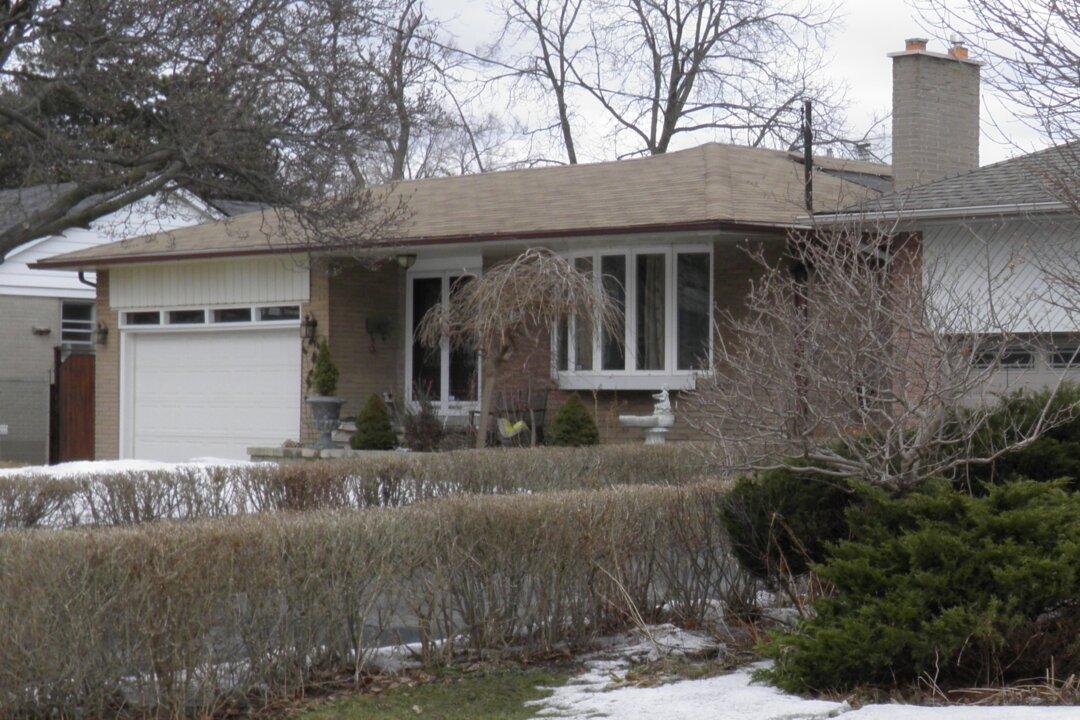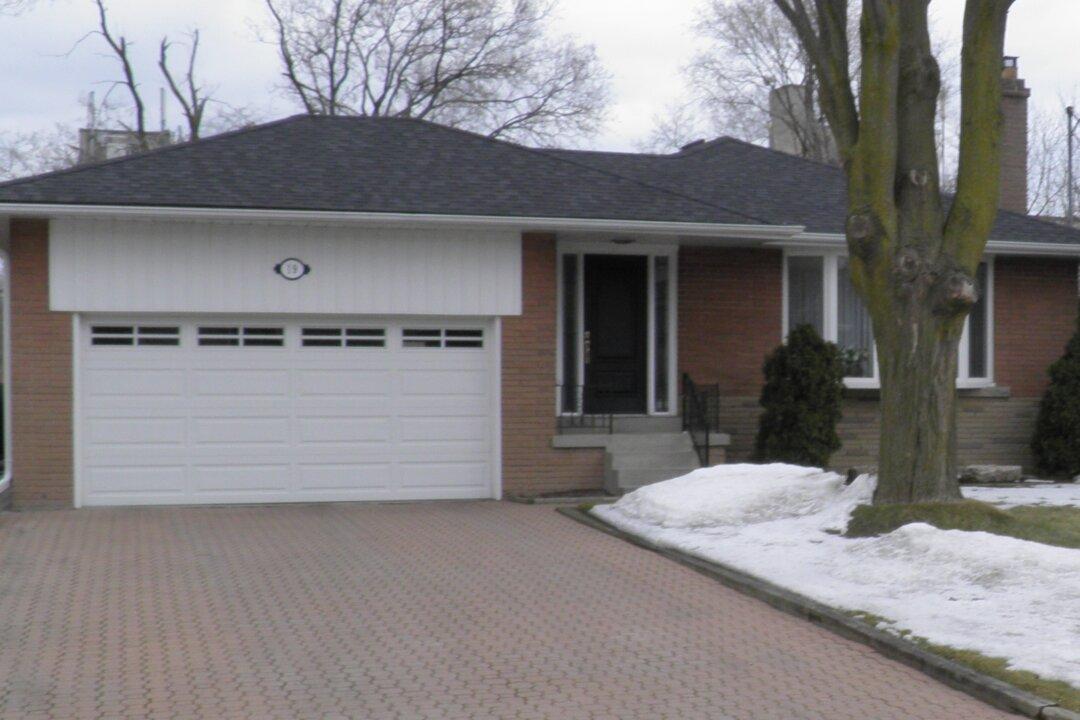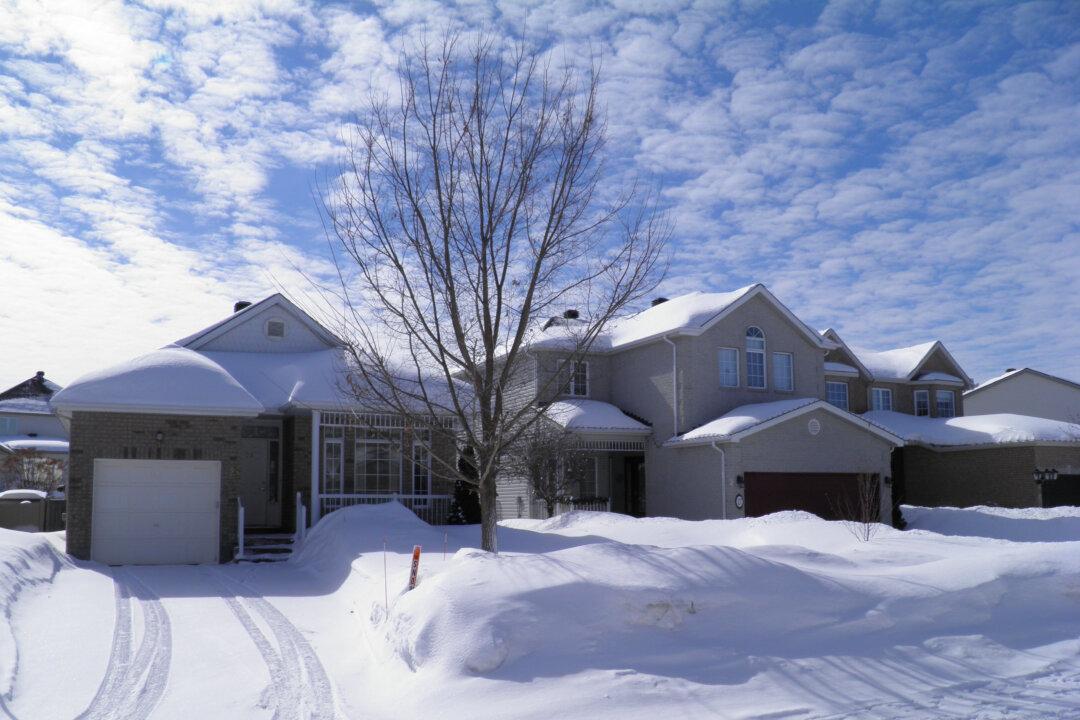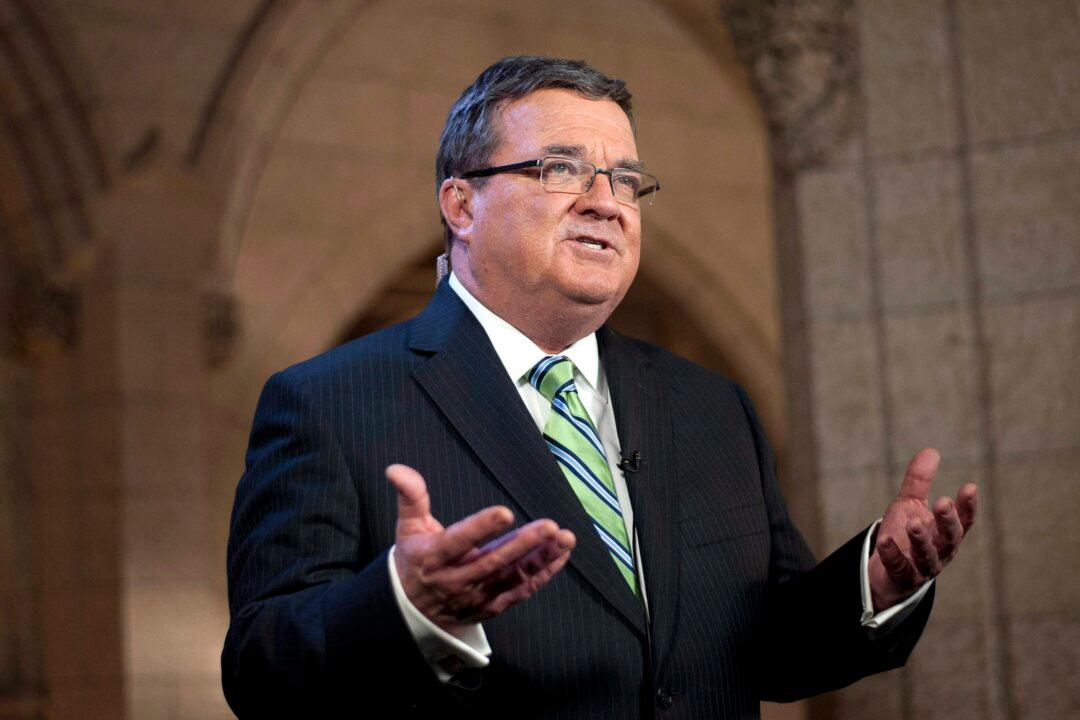Mortgage insurance premiums are going up in Canada, but the rise is not expected to alter the dynamics in the real estate market in a material way. Canada Mortgage and Housing Corp. (CMHC) made the announcement last Friday after completing its annual review of insurance products and capital requirements.
Mortgage insurance premiums for homes or rental properties that comprise one to four units will increase by about 15 percent on average across the entire range of loan-to-value (LTV) ratios.
For example, for LTV ratios of up to 60 percent, the premium rises 10 percent; for LTV ratios of up to 95 percent, the premium rises 40 percent.
The LTV ratio is the amount of the mortgage loan as a percentage of the appraised value of the property, and is used by lenders to assess their lending risk before approving a mortgage.
A higher ratio is generally seen as higher risk; therefore, if the mortgage is approved, the loan will typically be given at a higher interest rate.
In Canada, mortgage insurance is required when homebuyers make a down payment that’s less than 20 percent of the purchase price. The insurance protects the lender against the borrower defaulting and allows the borrower to put down as little as five percent of the purchase price while being able to obtain a mortgage rate comparable with putting down 20 percent.
Typically, payment of the mortgage insurance takes place over the life of the mortgage as it is amortized along with the principal balance of the loan.
CMHC reported that in 2013, the average loan it insured at 95 percent LTV ratio was $248,000. With the hike in mortgage insurance premiums, which takes effect on May 1, this exact loan will cost about $5 a month more to insure for the average Canadian homebuyer.
This sounds fairly innocuous. Furthermore, the cost of insurance rises with the size of mortgage and falls as the LTV ratio falls. For example, if the homebuyer is able to make a 15 percent down payment, the monthly increase in payment will be less than $1.
The hike in premiums does not affect mortgages currently insured by CMHC; it applies only to new mortgage loan insurance requests submitted May 1 and thereafter.
To avoid the increase in mortgage insurance premium, lenders must submit their request before May 1.
“We do not believe these changes will have a significant impact on mortgage loan growth,” stated the Bank of Montreal in a research note published last Friday.
Reducing Risk to the Government
“The higher premiums reflect CMHC’s higher capital targets,” said Steven Mennill, CMHC’s Vice-President, Insurance Operations, in a CMHC press release.
“CMHC’s capital holdings reduce Canadian taxpayers’ exposure to the housing market and contribute to the long-term stability of the financial system.”
The bigger picture here is Finance Minister Jim Flaherty’s desire to reduce the Canadian government’s contingent financial liability exposure to the housing market.
For example, if the real estate market takes a dramatic turn for the worse and if unemployment spikes, the government could potentially face significant insurance claims through CMHC.
The increase in mortgage insurance premiums is entirely consistent with federal government actions over the last few years to cool off the housing market and reduce its risk. With CMHC now under the supervision of the Office of the Superintendent of Financial Institutions, the increased capital requirements that private insurers face have also caught up with the Crown corporation.
Furthermore, last fall the International Monetary Fund (IMF) recommended that the Canadian government end its role in mortgage insurance altogether.
Its rationale was that this move would eliminate the federal government’s exposure to risk in the housing market. It would also better align banks’ allocation of capital, which the IMF believes is currently tilted excessively toward the mortgage business versus other types of lending.
Overall, the move by CMHC makes it clear to the market that further increases in premiums are on the table and the government is still concerned about the risk to financial stability that the housing market poses.




